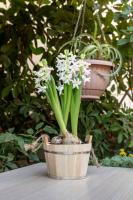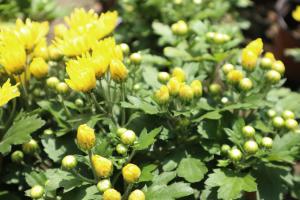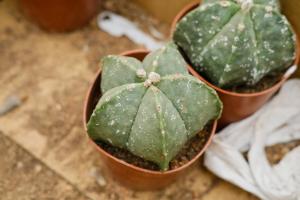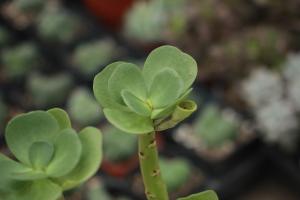Which Part of the Plant Makes Food?
Plants are amazing organisms that use sunlight, water, and carbon dioxide to create their food through a process known as photosynthesis. Without this process, plants would not be able to survive, and neither would we, as they provide us with food, oxygen, and many other essential resources. But which part of the plant is responsible for photosynthesis? Let's find out.
Leaves: The Powerhouse of Photosynthesis
Leaves are the primary site of photosynthesis in most flowering plants. They are flat and thin, with a large surface area that allows them to absorb sunlight efficiently. Inside the leaves, there are tiny structures called chloroplasts, which contain a green pigment called chlorophyll. Chlorophyll is responsible for absorbing sunlight and converting its energy into chemical energy, which is used to produce glucose (sugar) from carbon dioxide and water. The glucose is then transported to other parts of the plant to provide energy for growth and other metabolic processes.
Stems and Roots: Supporting Actors in Photosynthesis
Although leaves are the primary site of photosynthesis, some stems and roots can also perform this process to a limited extent. This is because they contain chloroplasts and can absorb some sunlight. However, they are not as efficient as leaves and produce a smaller amount of glucose. Instead, their main role in photosynthesis is to transport water and nutrients from the soil to the leaves, where they are needed for the process.
Fruits and Seeds: The End Product of Photosynthesis
Fruits and seeds are the end product of photosynthesis in most plants. They are the reproductive organs that contain seeds, which can grow into new plants. Fruits and seeds provide a source of food and energy for animals and humans and play an essential role in the food chain. Without photosynthesis, these products would not exist, and the entire ecosystem would be disrupted.
Summary
In conclusion, leaves are the primary site of photosynthesis in most flowering plants. They contain chloroplasts that absorb sunlight and convert it into chemical energy, which is used to produce glucose. Stems and roots can also perform photosynthesis to a limited extent, but their main role is to transport water and nutrients. Fruits and seeds are the end products of photosynthesis and provide a source of food and energy for animals and humans. By understanding which part of the plant makes food, we can appreciate the importance of photosynthesis and the role that plants play in our lives.

 how many times do yo...
how many times do yo... how many planted tre...
how many planted tre... how many pine trees ...
how many pine trees ... how many pecan trees...
how many pecan trees... how many plants comp...
how many plants comp... how many plants can ...
how many plants can ... how many plants and ...
how many plants and ... how many pepper plan...
how many pepper plan...
































